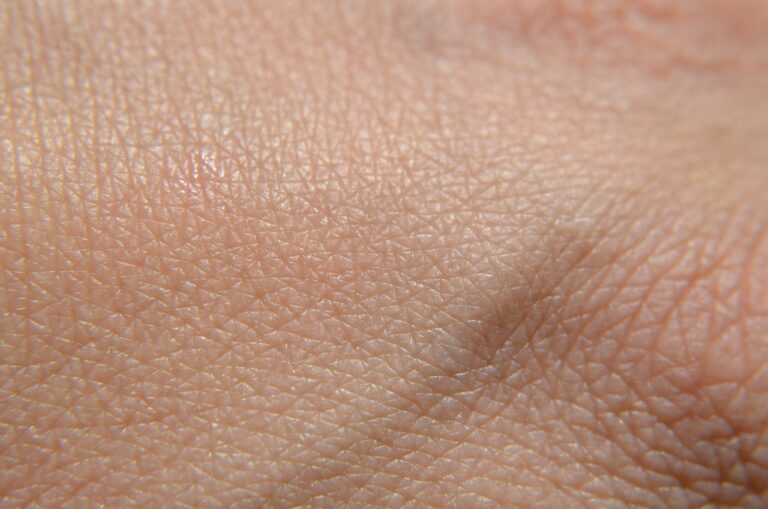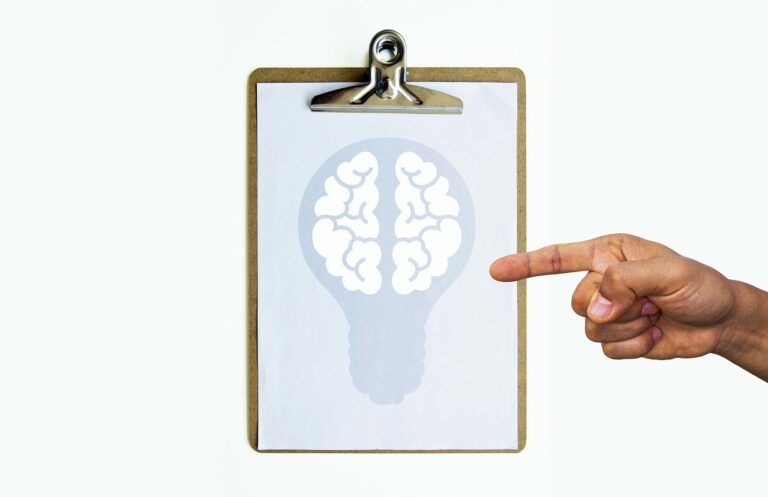The Role of Art Therapy in Healing
Art therapy has been increasingly recognized as a valuable form of intervention in the field of mental health. By utilizing the creative process of art-making, individuals are able to explore their thoughts, emotions, and experiences in a non-verbal manner. This can be especially beneficial for those who struggle to articulate their feelings verbally, providing them with a unique avenue for self-expression and reflection.
Moreover, engaging in art therapy can help individuals manage stress and anxiety by promoting relaxation and mindfulness. The act of creating art can serve as a form of catharsis, allowing individuals to release pent-up emotions and gain a sense of emotional release. This process can be particularly helpful for individuals dealing with trauma or difficult life experiences, offering them a safe and therapeutic outlet for processing their feelings and building resilience.
History of Art Therapy and its Evolution
Art therapy has a rich history that dates back to the early 20th century. The use of art as a therapeutic tool gained recognition thanks to psychiatrists such as Adrian Hill, who pioneered the movement during World War II. Hill noticed the healing power of art while recovering from tuberculosis, sparking his interest in using art as a means of therapy for others. This marked the beginning of the formal practice of art therapy as we know it today.
As the field of psychology and mental health continued to develop, art therapy evolved alongside it. In the mid-20th century, pioneers like Margaret Naumburg and Edith Kramer further solidified the legitimacy of art therapy as a therapeutic intervention. Naumburg emphasized the importance of the creative process in therapy, while Kramer focused on the symbolic expression through art. These early practitioners laid the groundwork for the integration of art therapy into mainstream mental health treatment. Today, art therapy is recognized as a valuable tool for promoting emotional expression, self-discovery, and healing.
What is art therapy?
Art therapy is a form of therapy that utilizes the creative process of making art to improve a person’s physical, mental, and emotional well-being.
How does art therapy benefit mental health?
Art therapy can help individuals express their thoughts and emotions in a non-verbal way, reduce stress and anxiety, increase self-esteem, and provide a sense of accomplishment.
When did art therapy first begin?
The concept of art therapy can be traced back to the early 20th century, but it officially became recognized as a therapeutic practice in the 1940s.
How has art therapy evolved over the years?
Art therapy has evolved from simple drawing exercises to a more comprehensive and structured approach that incorporates various art forms and techniques to address a wide range of mental health issues.
Is art therapy suitable for everyone?
Art therapy can be beneficial for people of all ages, backgrounds, and abilities. It is particularly effective for individuals who may have difficulty expressing themselves verbally.





